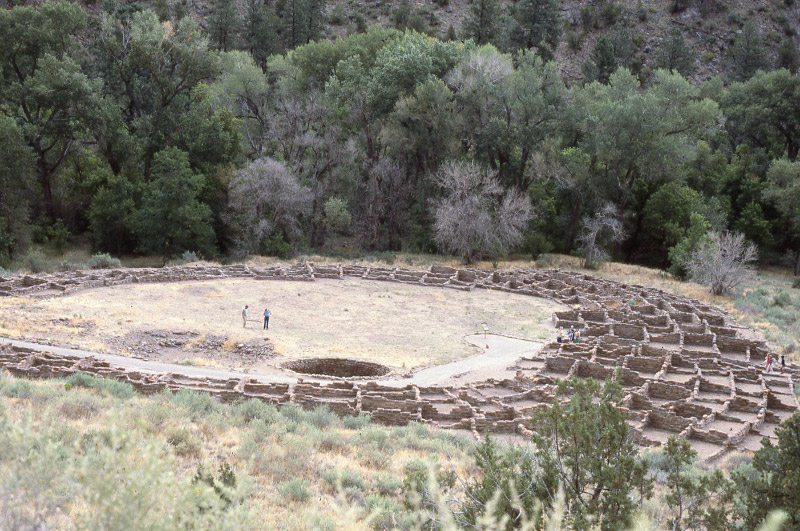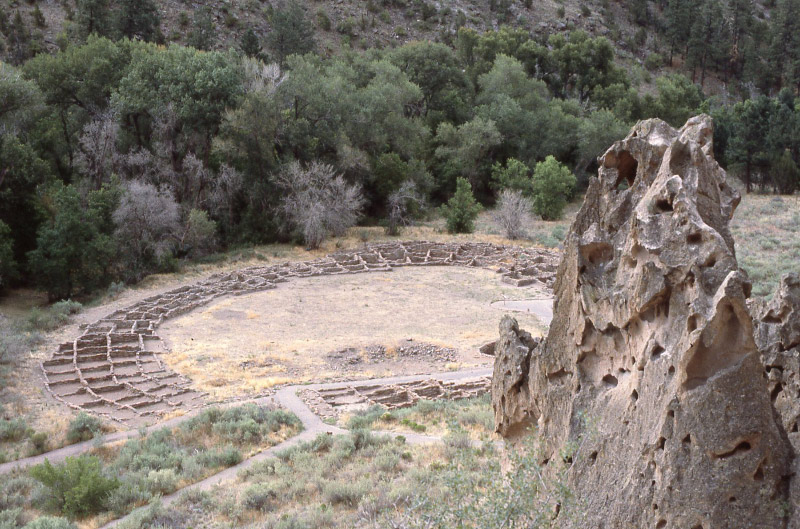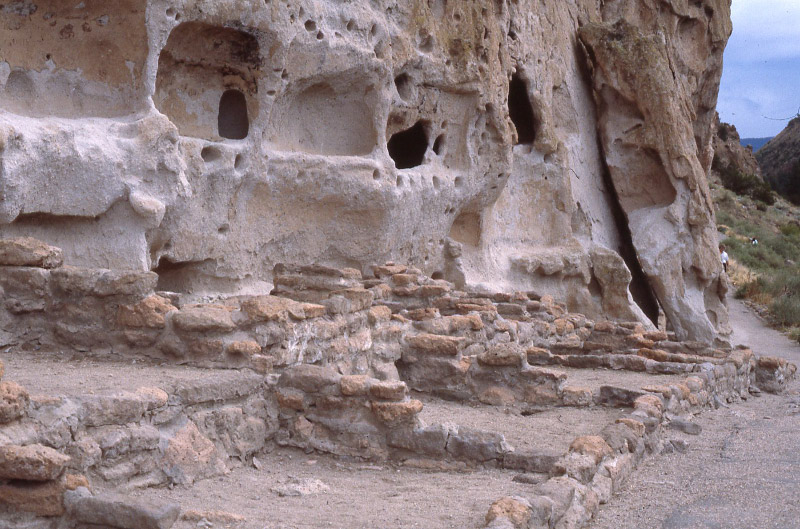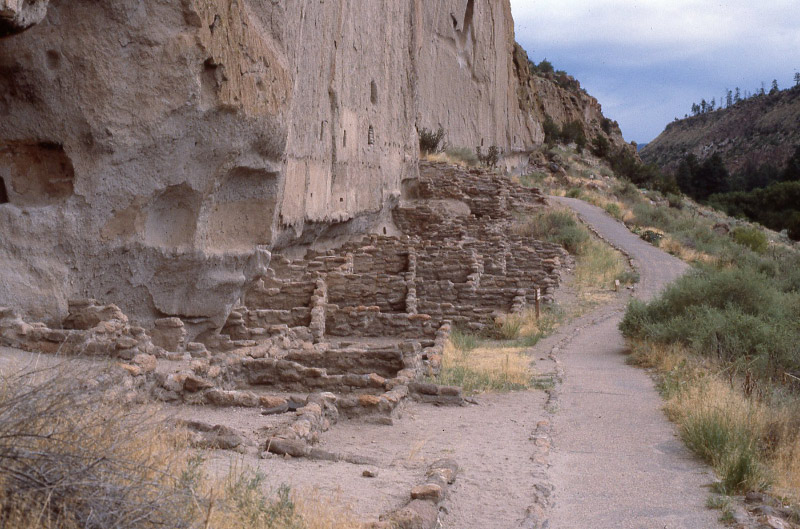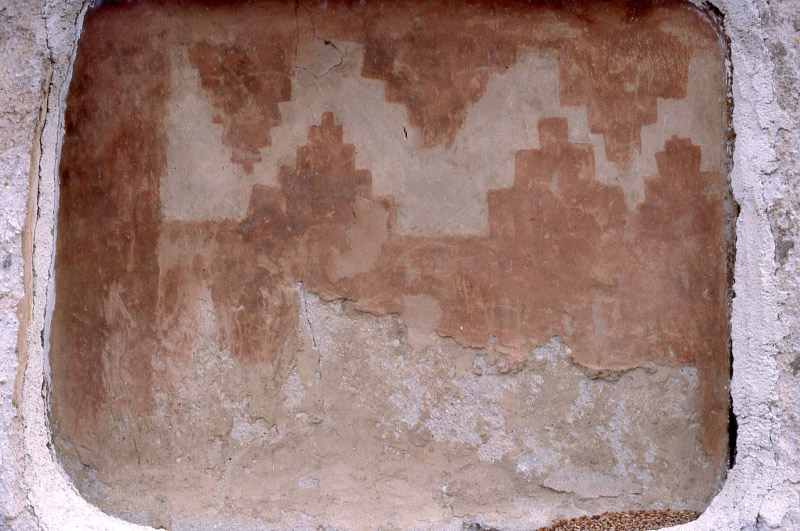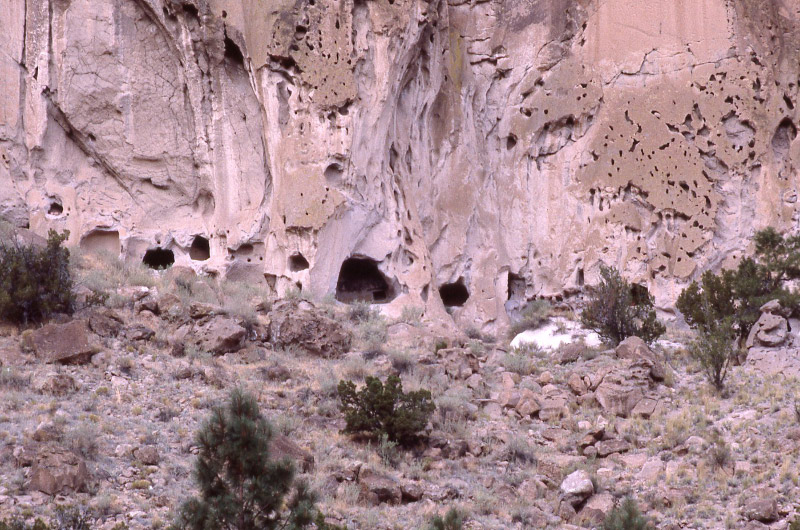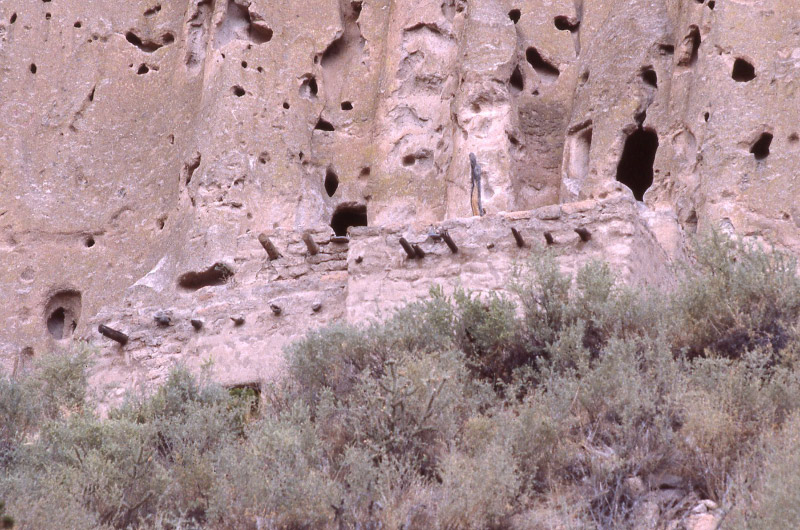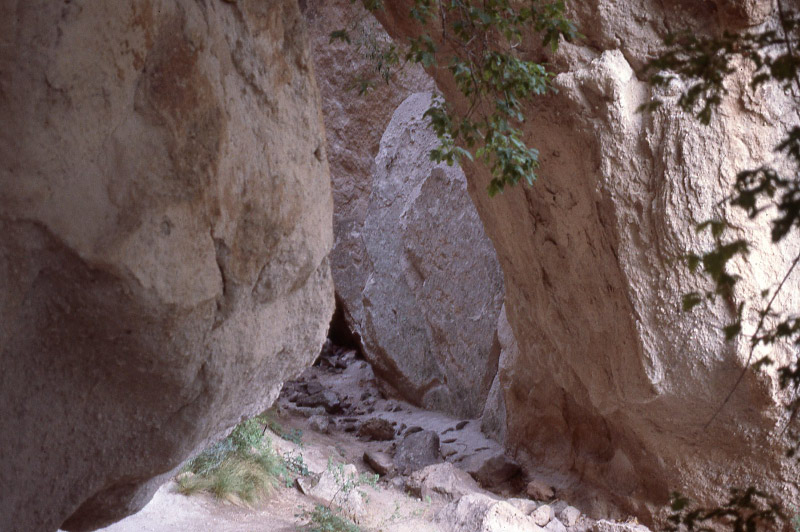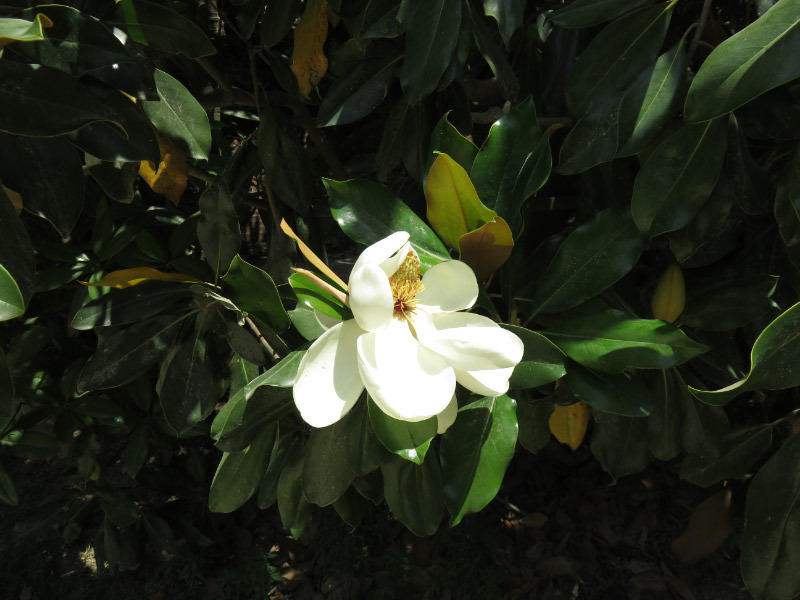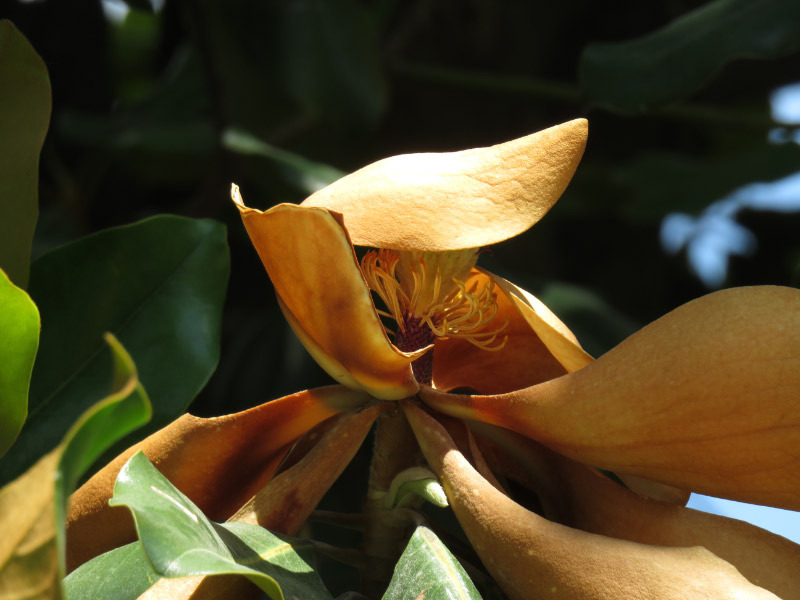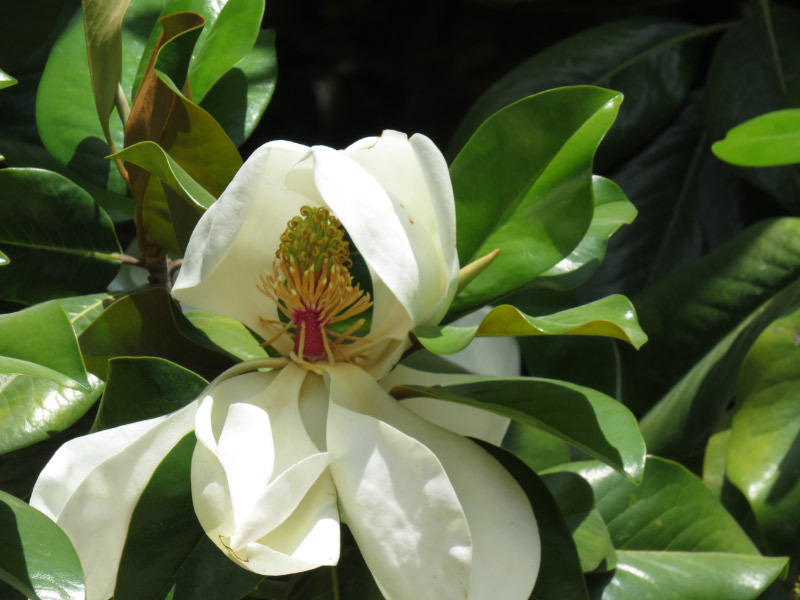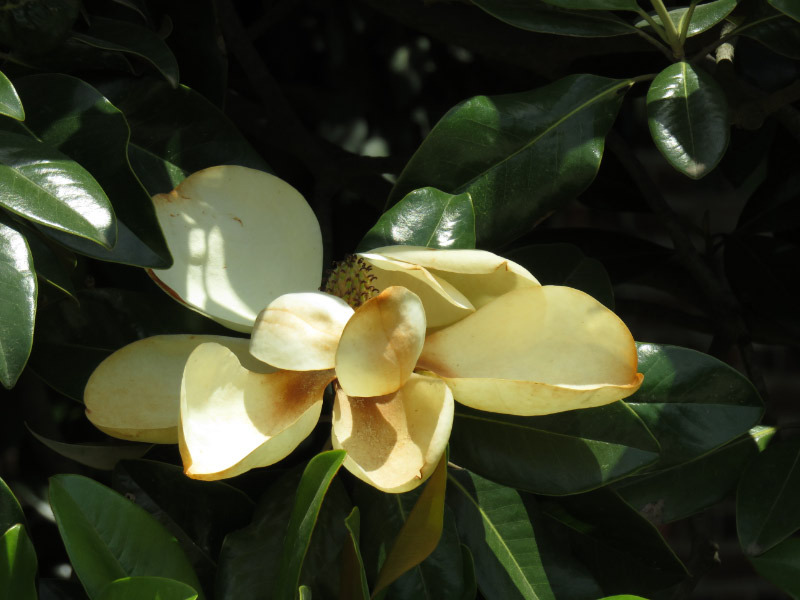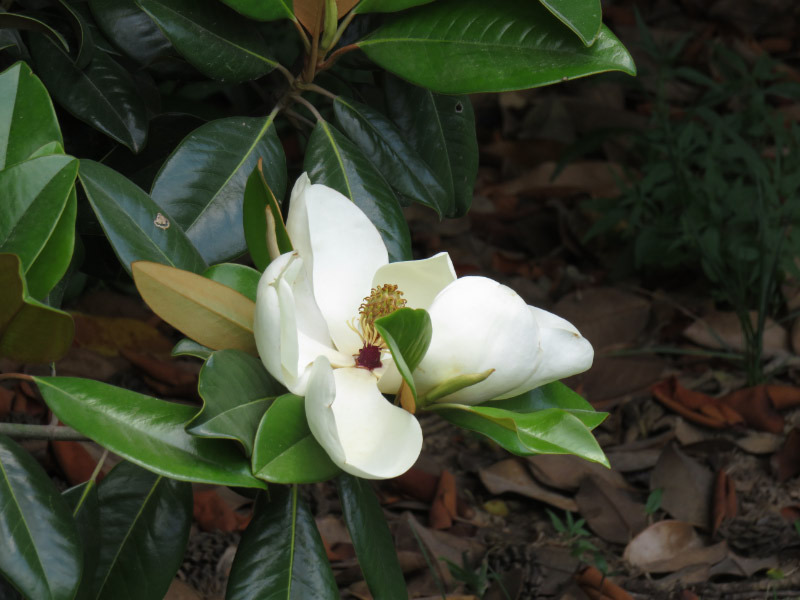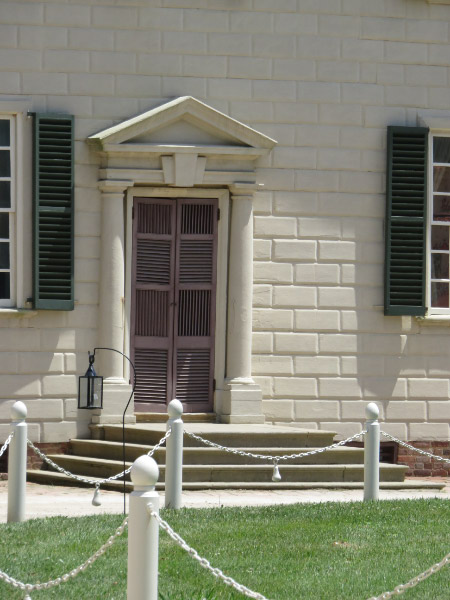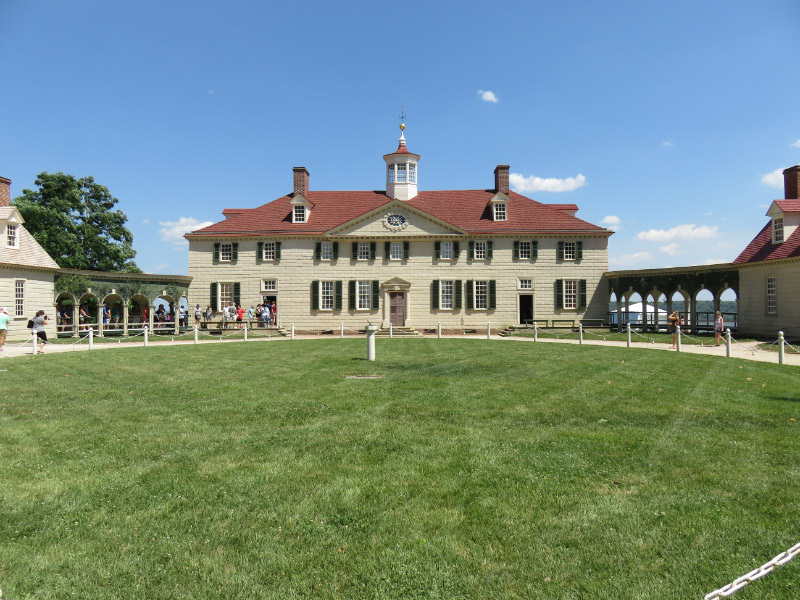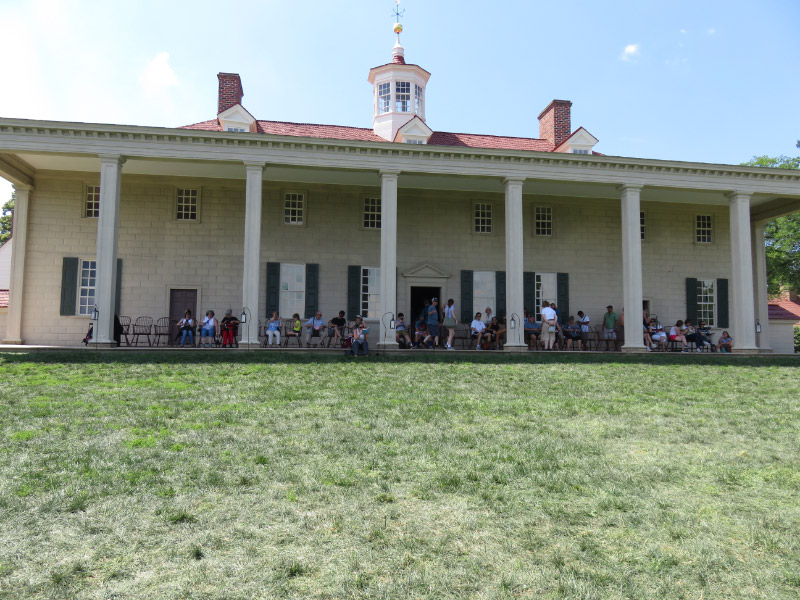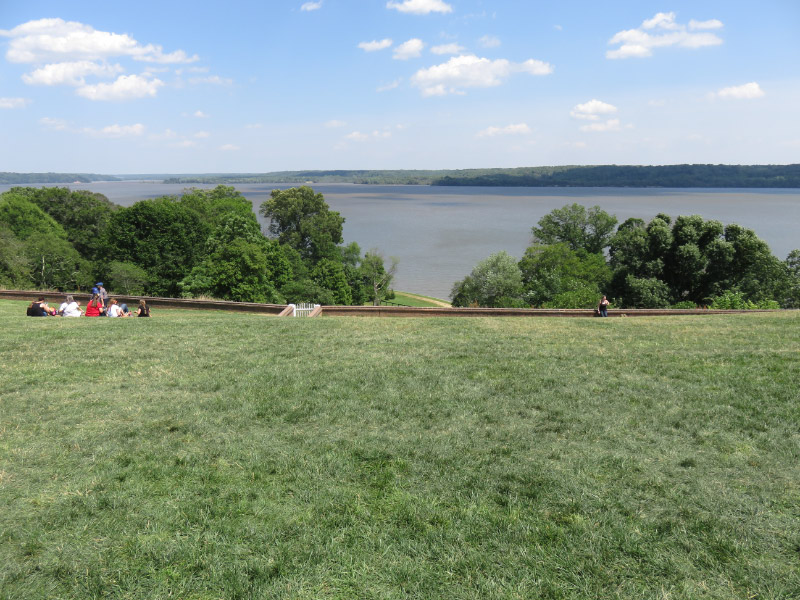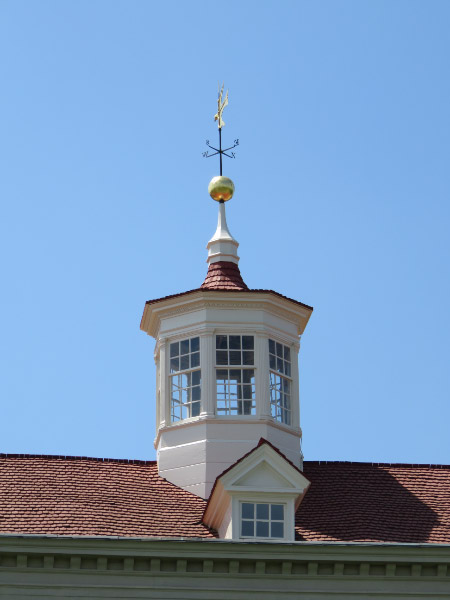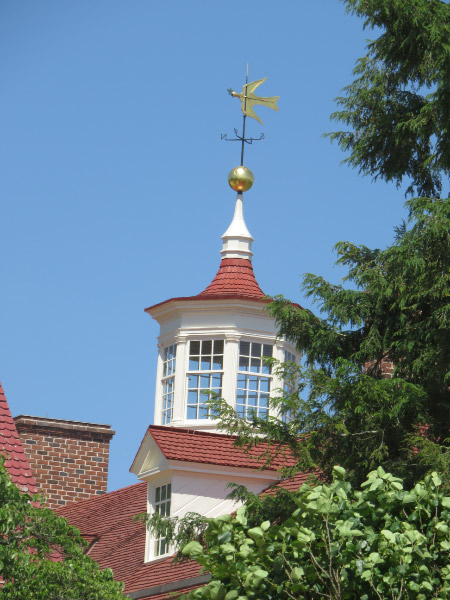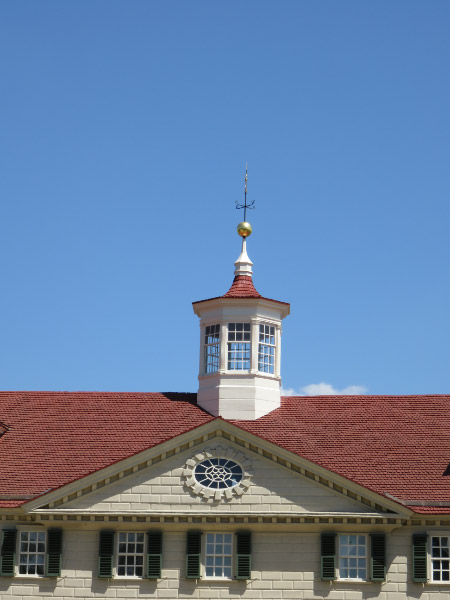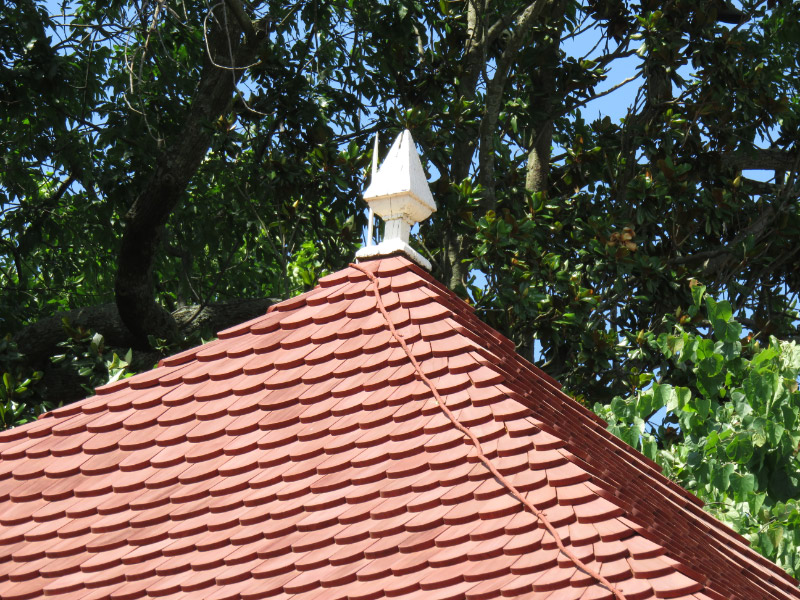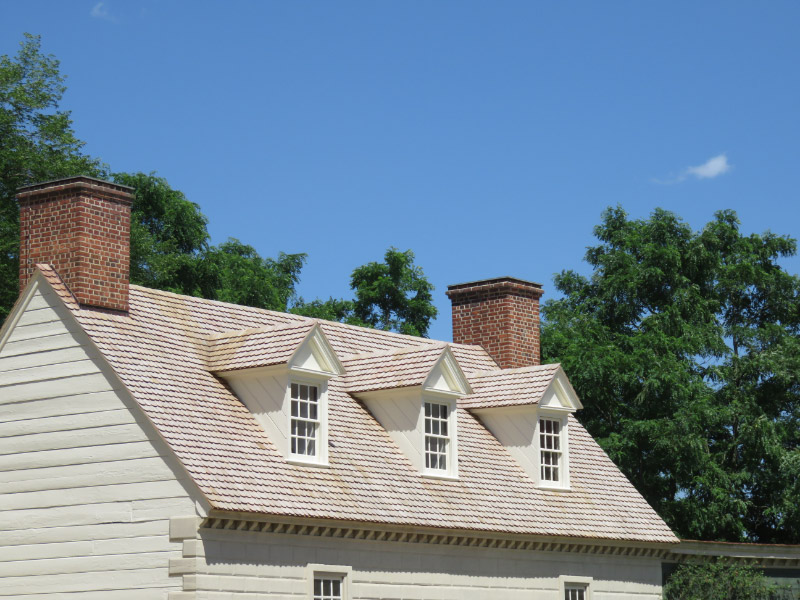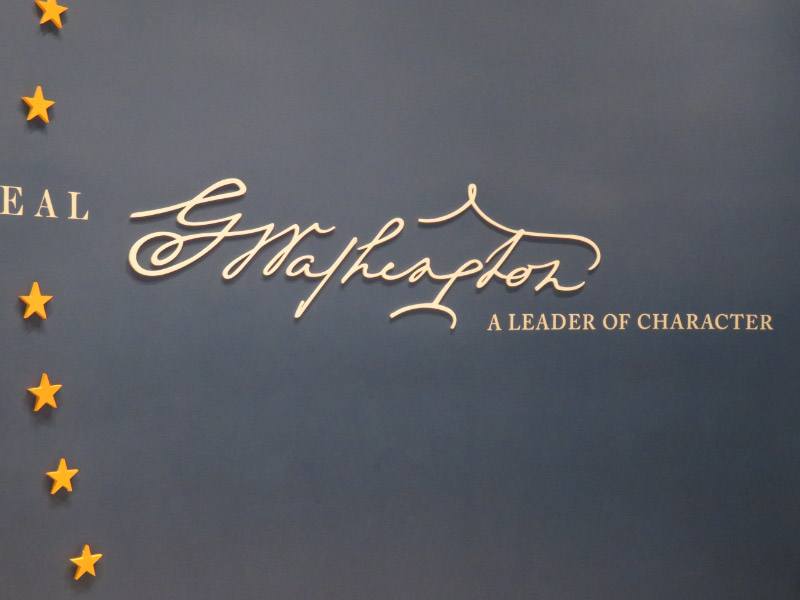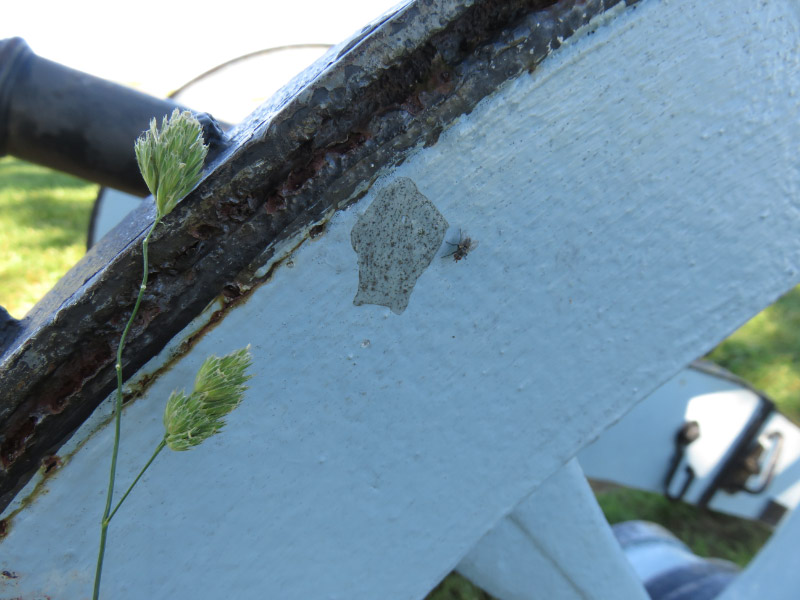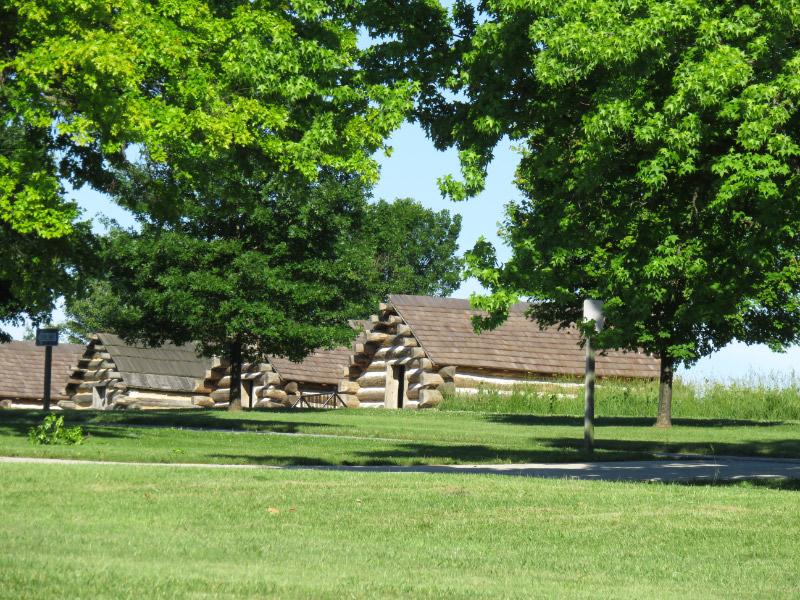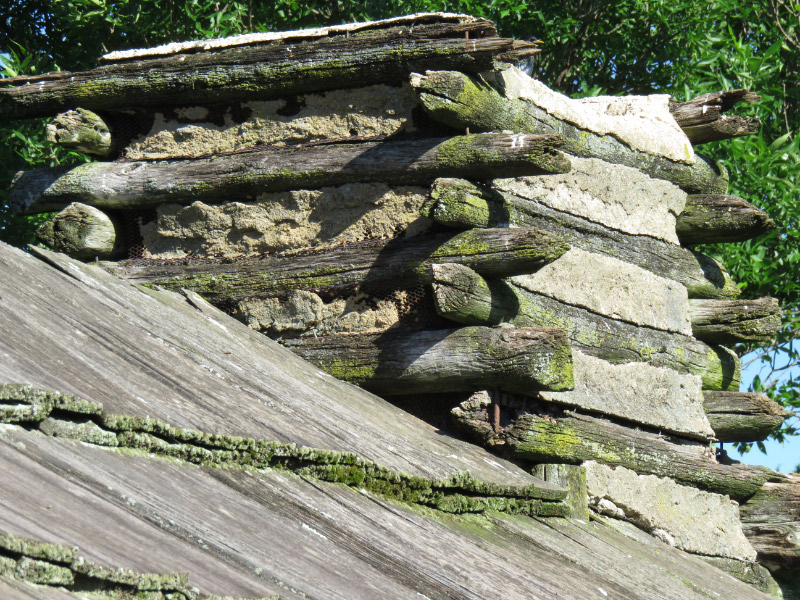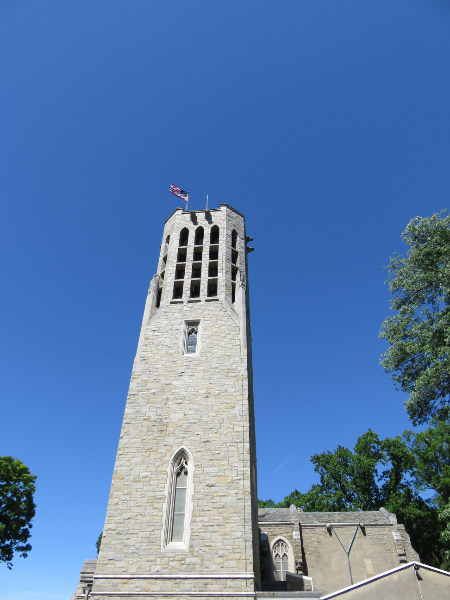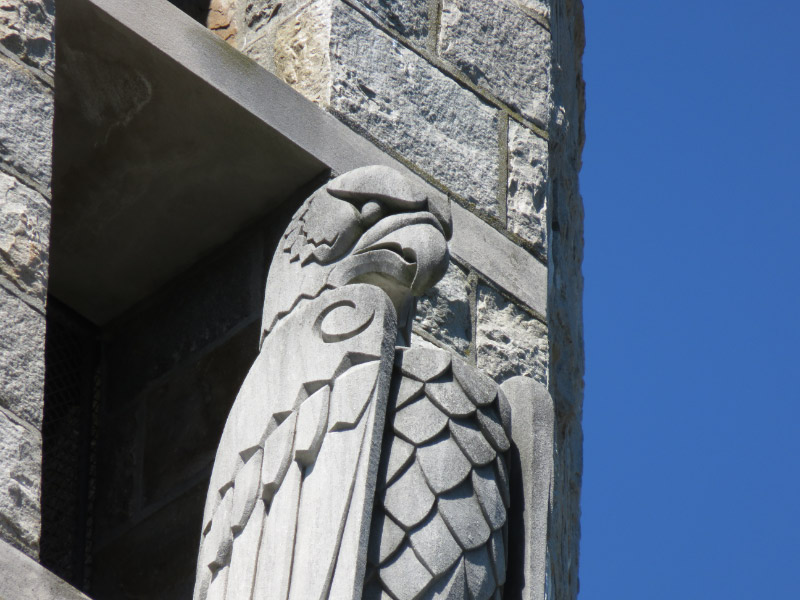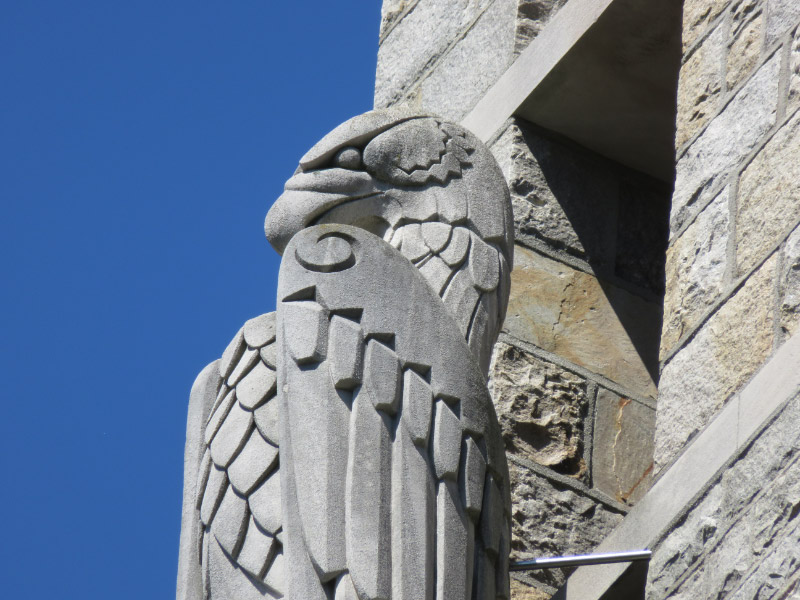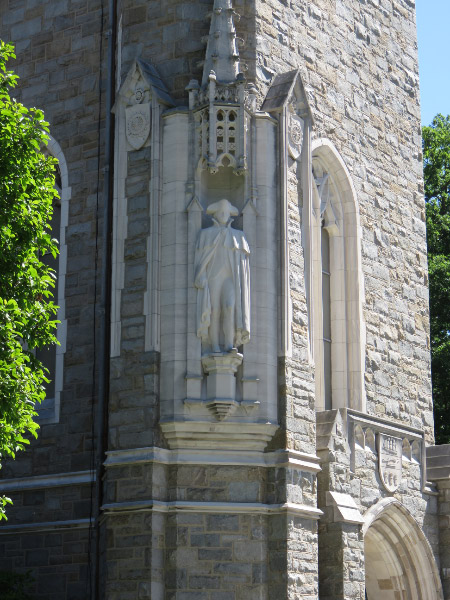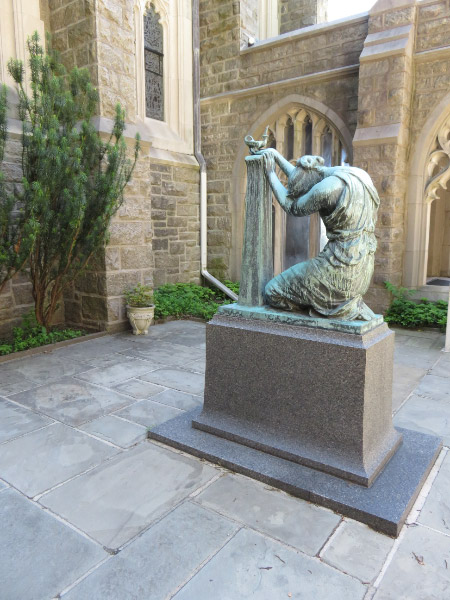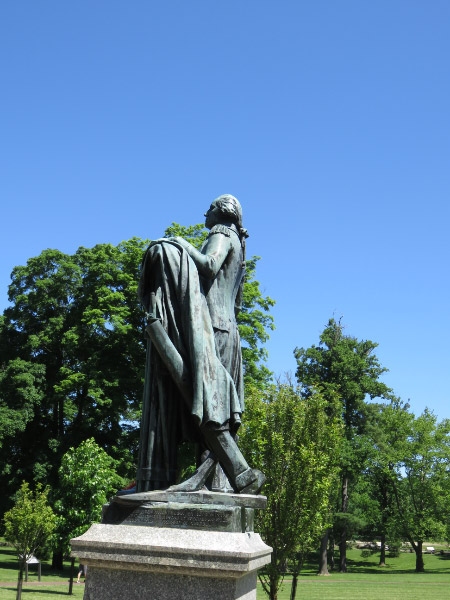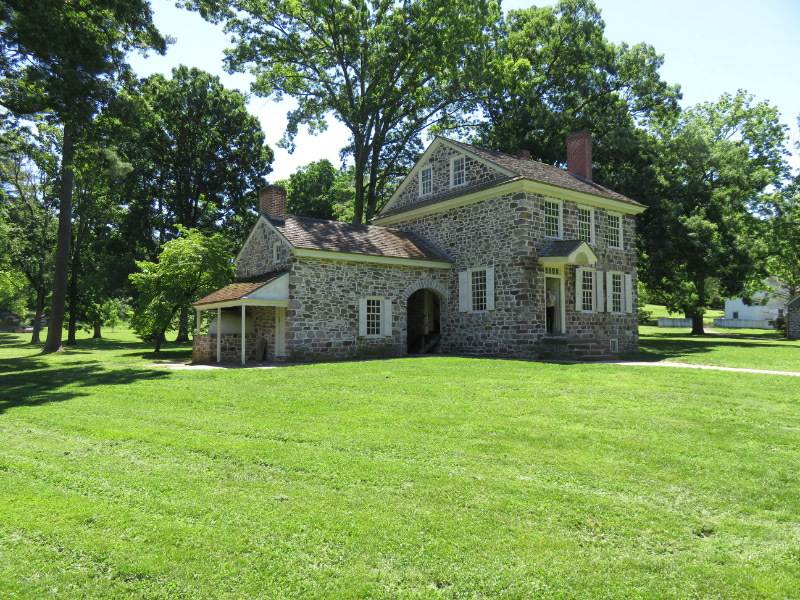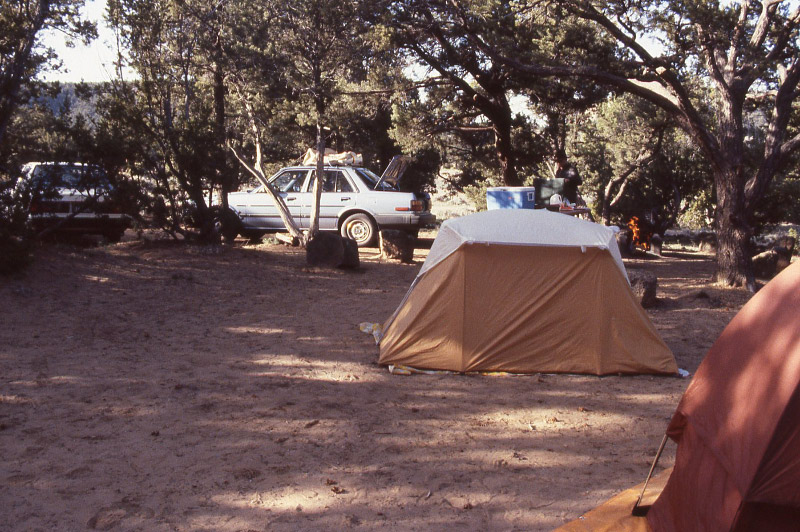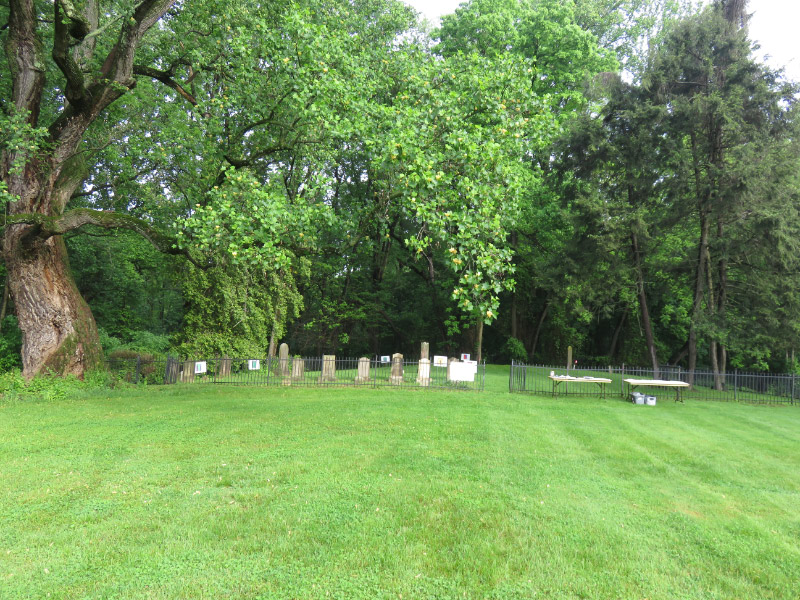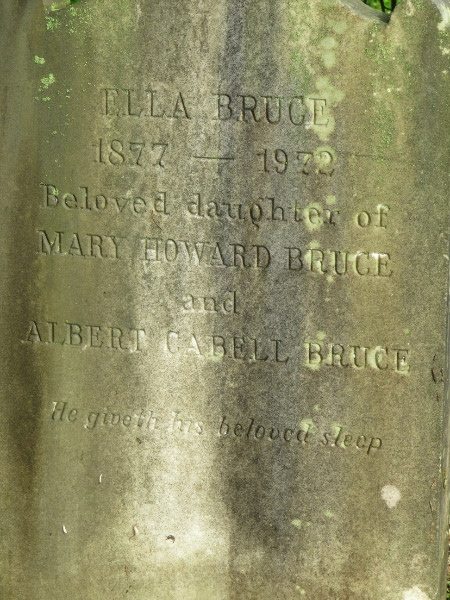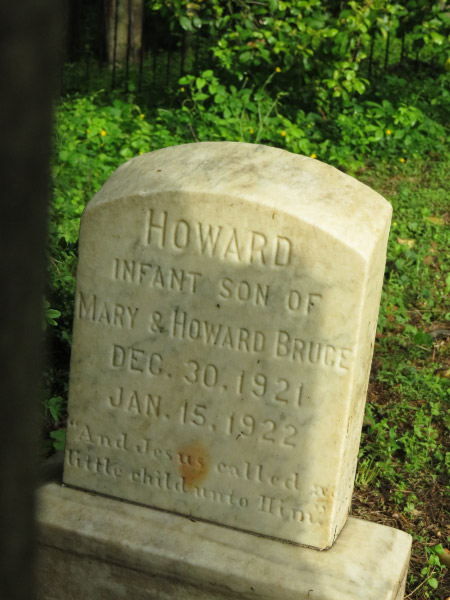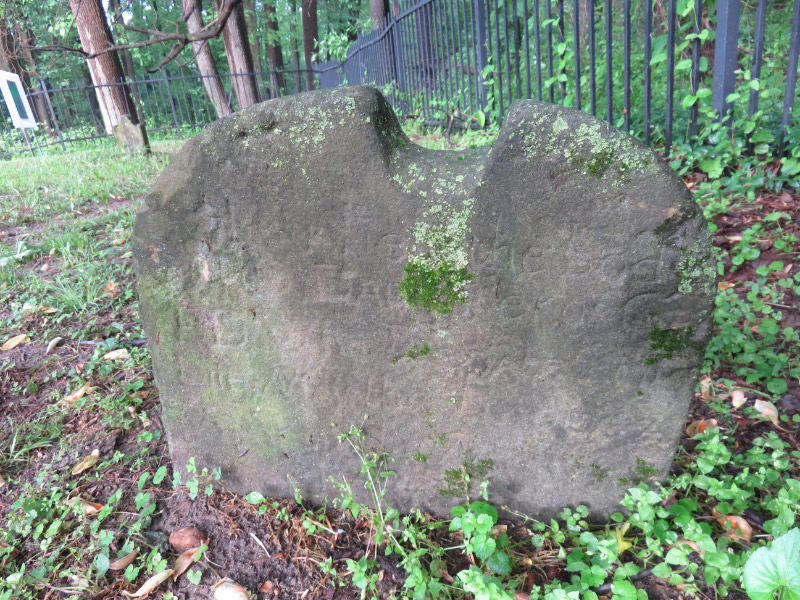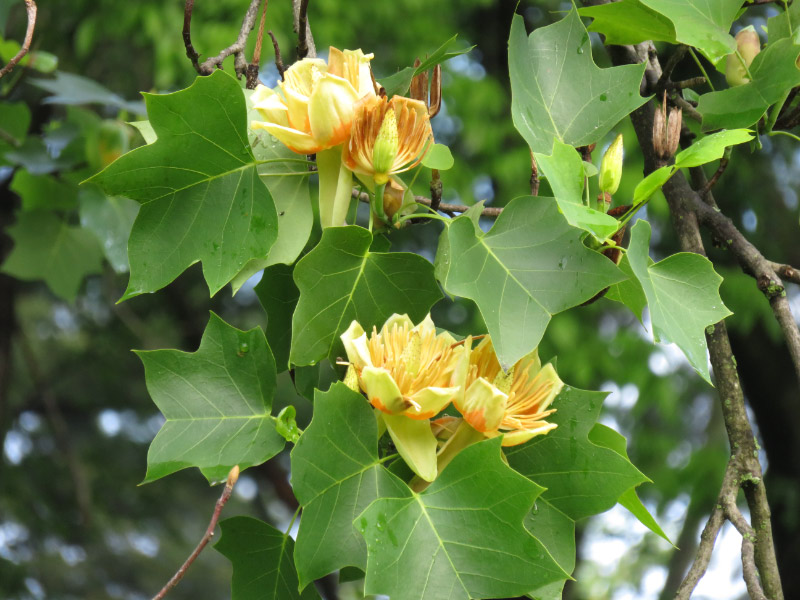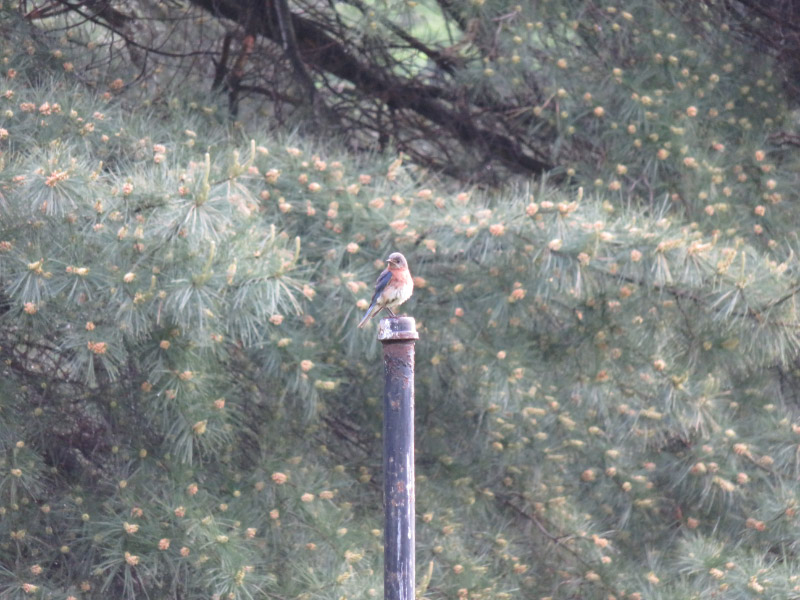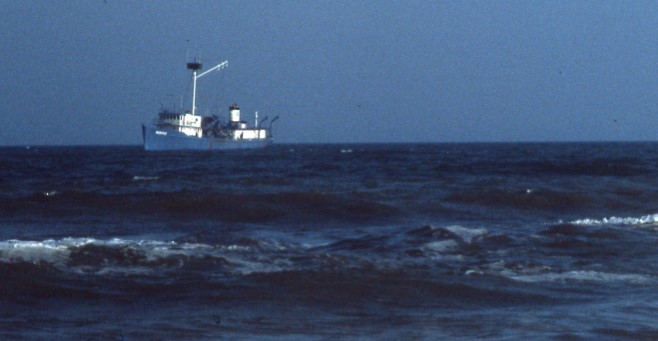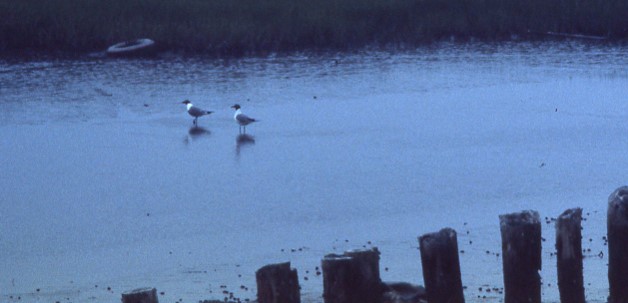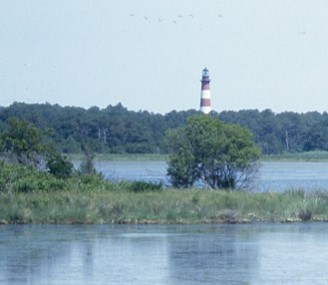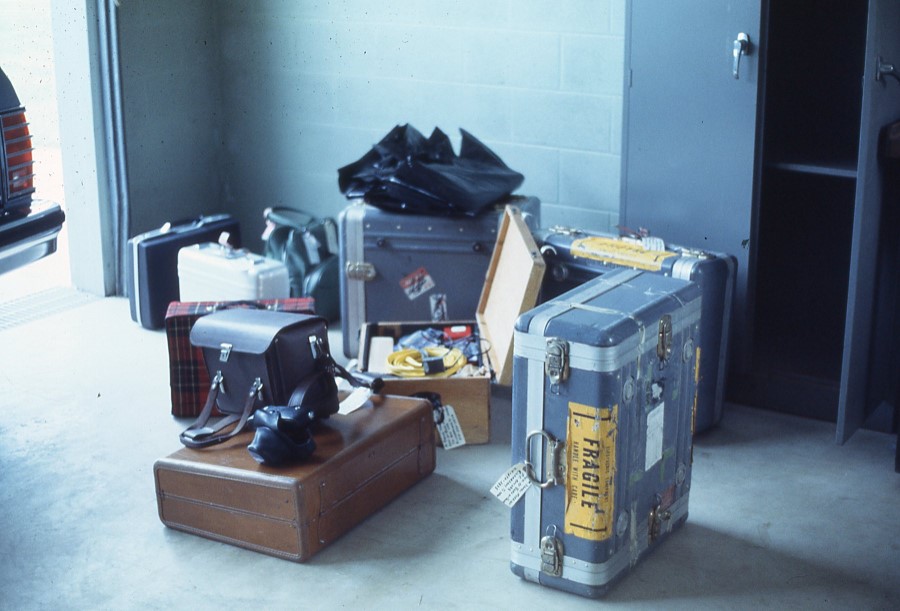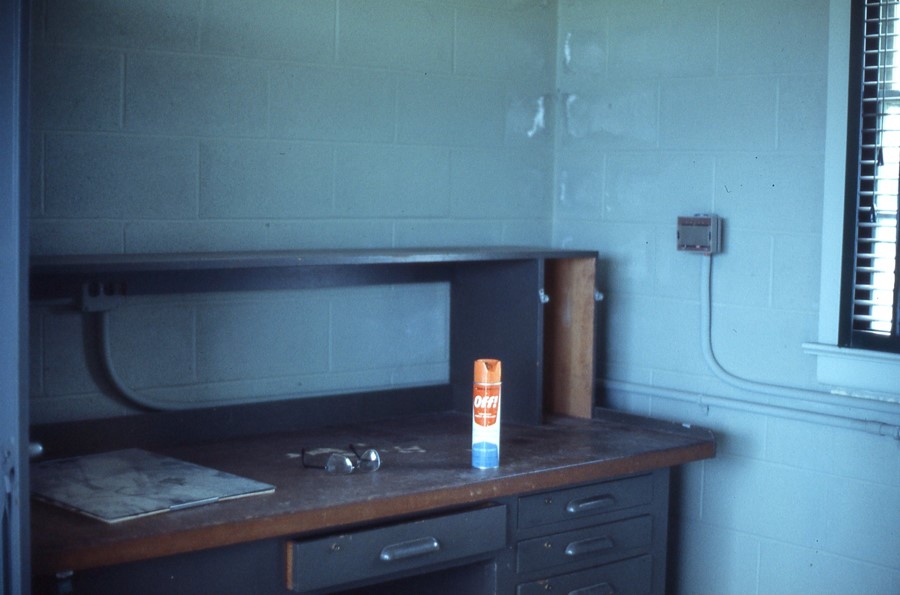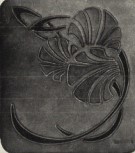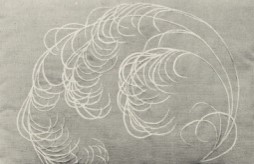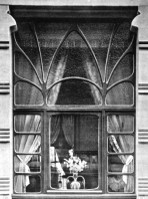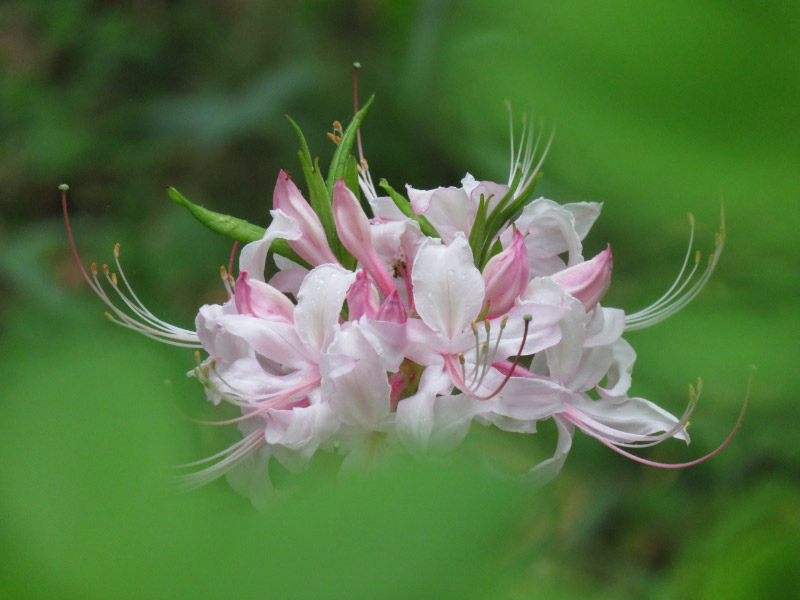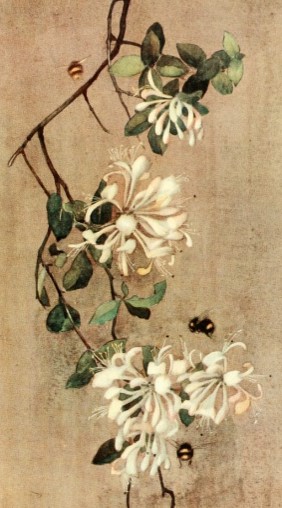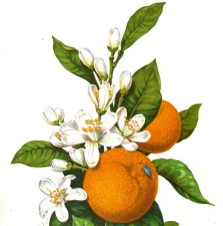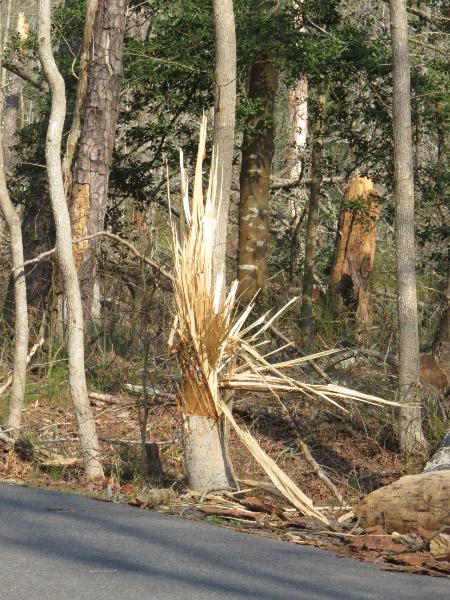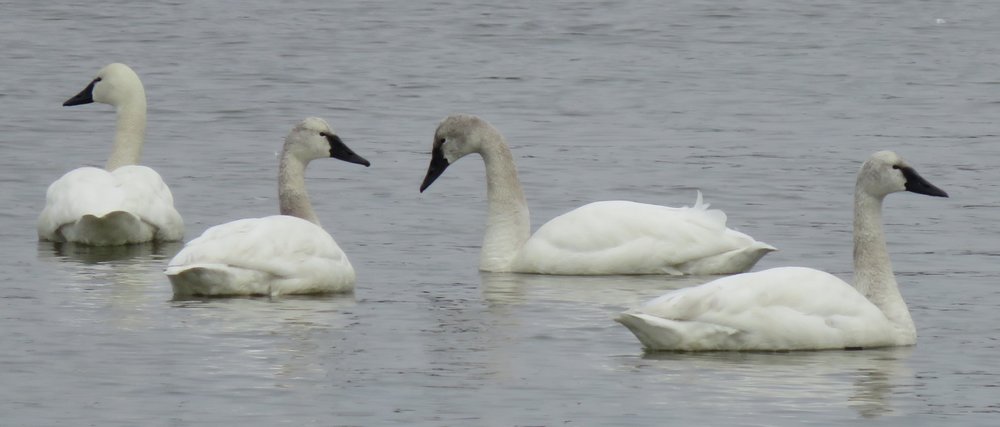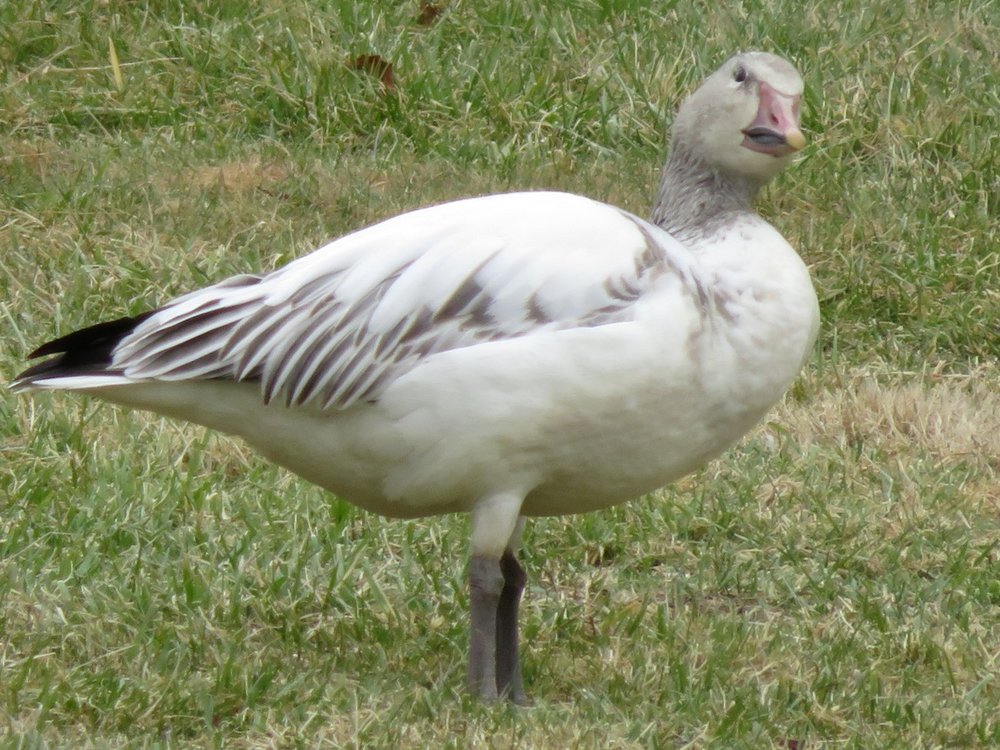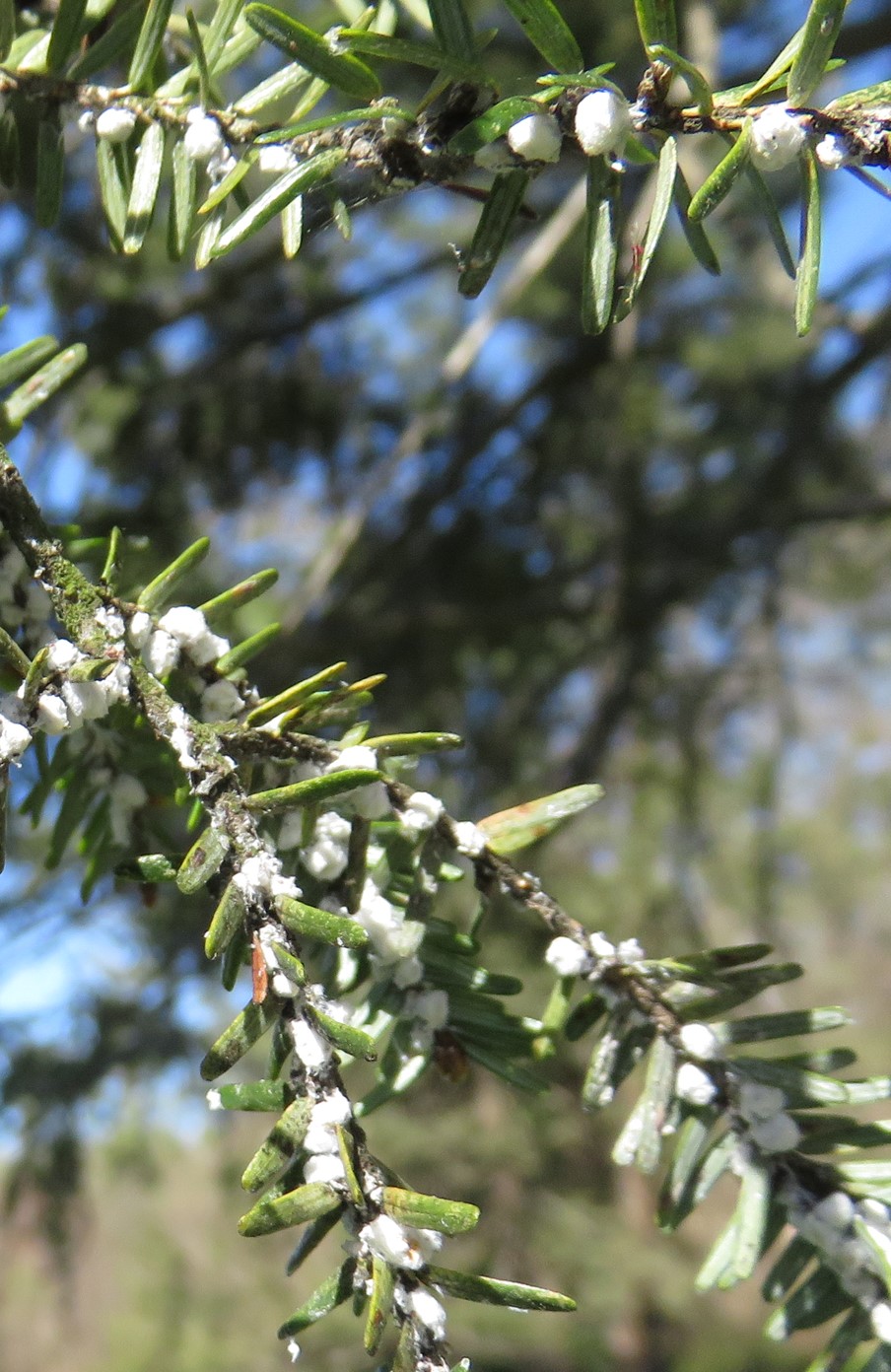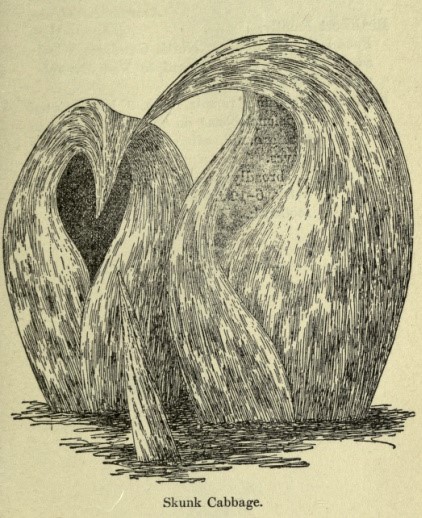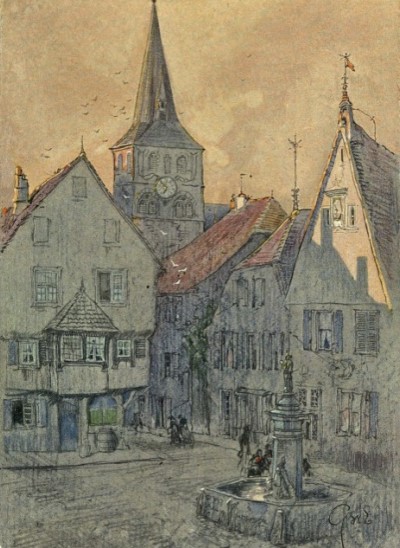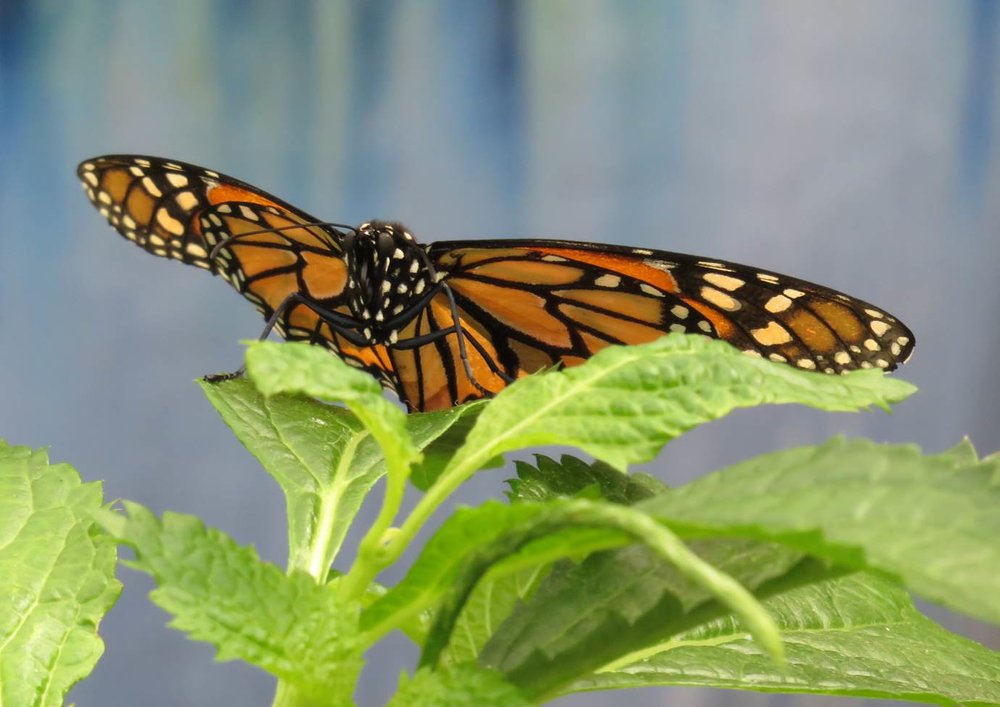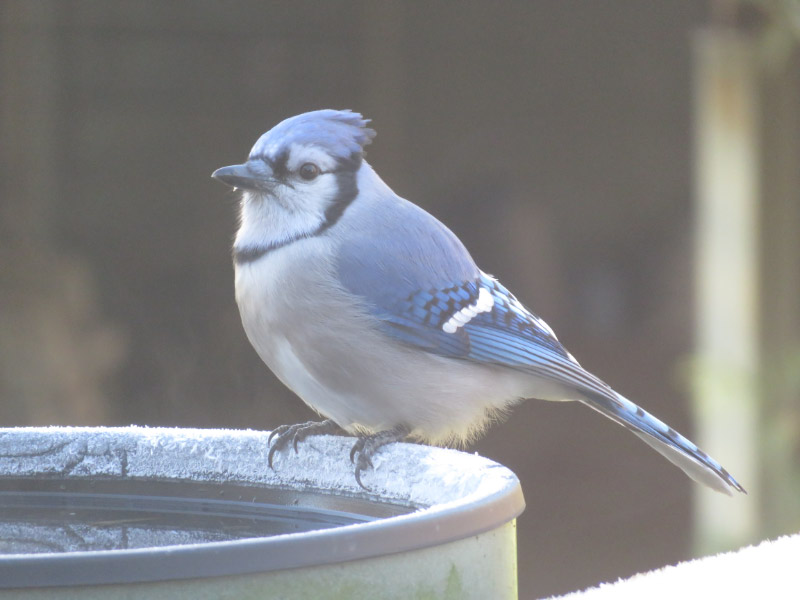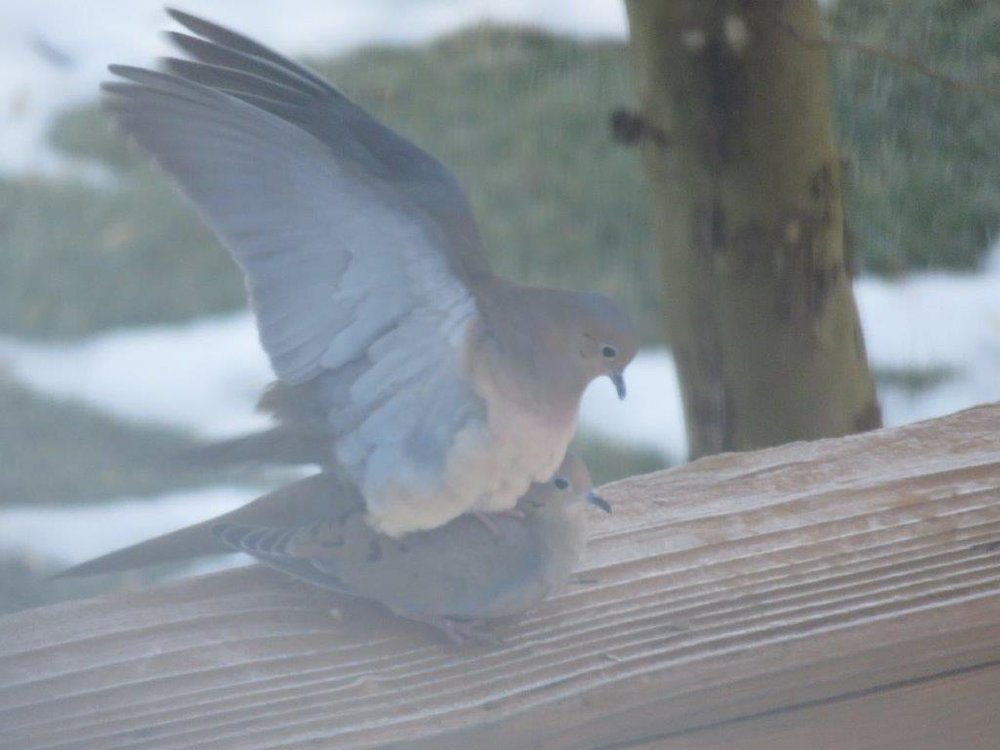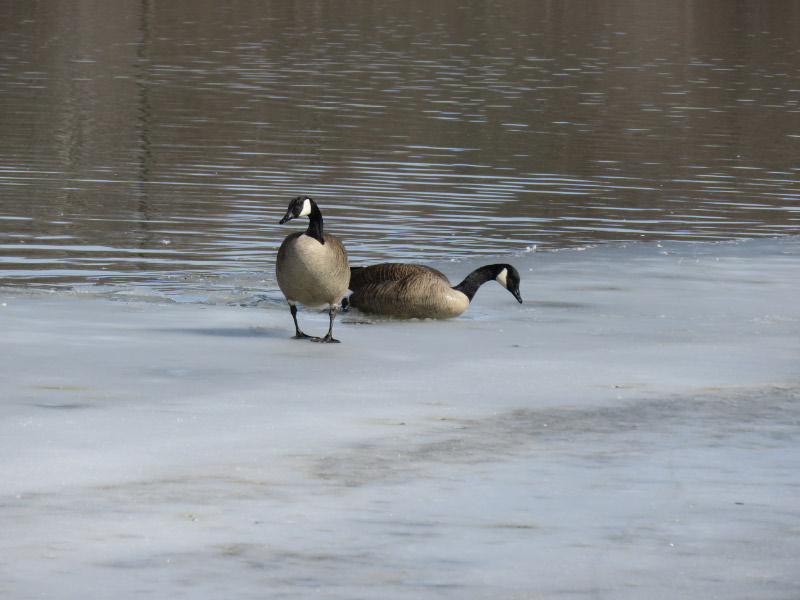Gleanings of the Week Ending June 25, 2016
/The items below were ‘the cream’ of the articles and websites I found this past week. Click on the light green text to look at the article.
What the rising light pollution means for our health – Circadian disruption from ill-timed electrical lighting (particularly at night) may contribute to poor sleep, obesity, diabetes, certain cancers and mood disorders. The night time lights are shifting to LEDs in our cities which has the effect of shifting that lighting toward the blue wavelengths which are most disruptive to our circadian rhythms.
Vitamin D may not be the great solution to health problems – I remember when the testing for vitamin levels revealed that many people were low and doctors started recommending supplementation – sometimes megadoses of the vitamin. Now the results are being reviewed --- and it is obvious that it is not a panacea and may not be of very much benefit at all.
What if the coolest thing about a 21st-century school wasn’t technology? – The results of a TED workshop on creating a new healthy school from scratch. What do you think of their ideas?
Lightning Strikes: How to Stay Safe – Hopefully most of these recommendations are familiar to you - we’ve been having a lot of thunderstorms recently so I took a look to refresh my knowledge.
Garlic mustard populations likely to decline – I hope this begins to happen soon in our area. Right now we seem to have a lot of this plant around our area of Maryland.
Ancient satellite busts massive gas storage leak, fracking could be next – I’ve always wondered how we could detect leaks more effectively – conserve our resources by reducing leakage – and maybe this is a solution! It’s another example of a NASA instrument (and satellite) working long after its original mission was complete.
Americans are getting heart-healthier: Coronary heart disease decreasing in the US – Hurray! The study compared 2001 and 2012. The prevalence of smoking decreased during that same time period although high blood pressure and abnormal cholesterol have not (although control rates have improved). Obesity and diabetes rates have increased significantly but overall control of glucose levels has improved significantly.
Meet an Artist with no Hands – A historical piece about Matthias Buchinger – but with discussion about how the brain accommodates physical challenges such as being born without hands and learning to use feet with exceptional skill.
Flow: What is it and how to find it – How much of your day is in “flow”? I think quite a lot of mine is. The key for me is realizing that I often have more choice in the way I want to be…the way I want to do everything.
Study offers explanation for why women leave engineering – I’m not surprised by the results of this study. I was at the peak of women graduating from computer science programs in the 1980s (mine was in a math department rather than engineering) and was surrounded by so many interesting projects early on that I didn’t get into a marginalized (or menial tasks) role until later when I was strong enough to recognize it and get out it on my own – back into a place I wanted to be.

